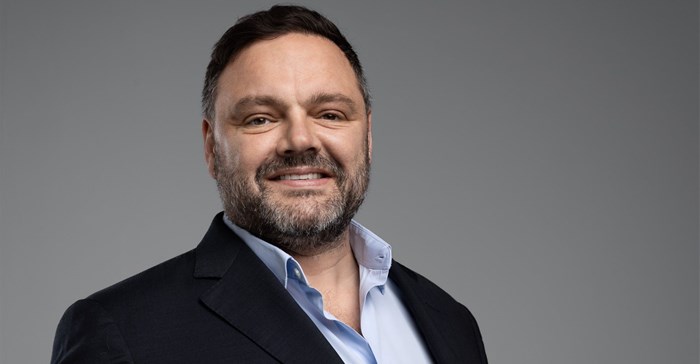
Top stories




South Africa, despite its sunny climate, has a relatively small solar market, with an estimated residential adoption rate of 3.54%, according to Dominique d’Hotman, head of ooba Solar. The platform provides consumers with solar installation quotes for comparison and assists in securing financing for their solar projects. South Africa is among 40 countries worldwide with a cumulative photovoltaic (PV) capacity of over one gigawatt.
To gain insight into the residential solar market in South Africa, d’Hotman and the ooba Solar team analysed the estimated market potential of residential rooftop solar installations by major providers against Deeds Office data of residential properties. The resulting figures, while estimates, offer valuable insight into the size of the residential solar market and the most popular system sizes among South African homeowners.
When it comes to which region leads the way in solar market potential, it is no surprise that South Africa’s most populous province – Gauteng – comes out on top, with an estimated market share of 45,8%. The Western Cape comes in second with an estimated 24%, followed by Kwa-Zulu Natal with 12,6%.
“Gauteng residents have experienced some of the worst blackouts in the country, not only as a result of ongoing loadshedding but also due to poor service delivery, resulting in many homeowners having no choice but to go off-grid,” explains d'Hotman.
As to which provinces are estimated to be the least likely to invest in renewable energy, the North West comprises only 2,5% of the country’s estimated solar market share, followed by Limpopo with a mere 1,9%. The Northern Cape has the smallest projected solar market share in South Africa at 1,4%.
When compiling the ooba Solar data to determine market share, dHotman and his team classified the various solar offerings into three distinct categories: small, medium and large. While the product specifications differ across providers, the rough definition is as follows:
Small: 3kW inverter, 5kWh battery, 2.7kWP (6 panels)
Medium: 5kW inverter, 5kWh battery, 3.6kWP (8 panels)
Large: 8kW inverter, 10kWh battery, 6.3kWP (10 panels)
“The data indicates that ‘medium’ systems are by far the most popular, comprising over 50% of installed solar systems in the country,” says d’Hotman.
Small systems make-up 35%, with large systems at 14,3%. “With the average medium system priced at just over R200 000, it’s clear that South Africans are willing to spend more to ensure increased solar resilience,” he adds.
Internal ooba Solar customer data gives additional insight into solar preferences across Full and Sectional Title homeowners, with the data indicating that those with freestanding homes are more likely to invest in solar.
“An estimated 68.7% of all residential solar systems in South Africa are located in full title homes – a staggering majority that may be the result of Body Corporate rules around upgrades and additions to sectional title properties,” explains d’Hotman. “Here too, medium-sized solar systems are the most popular among both property types, comprising 50% of total solar systems for both sectional and full title homes.”
While residential solar installation rates have increased at an exponential rate since 2021, research shows that an estimated 45% of the country’s households would remain unserved by roof top solar solutions because the cost of these systems would remain out of reach, even with the latest finance options.
“This points to need for other energy sources like gas being more accessible and the need for further innovation in the solar solutions available to this part of the market and also to the need for additional financial products to be brought to the market to serve these households,” says d’Hotman.
“This means that there is not currently a solar offering available on the market, be it in size or price point, to meet this segment’s needs”.
“As a company focused on breaking down solar barriers by easing access to both solar installation and financing, we are working to increase offerings that will meet the needs of this unserved segment and accelerate the large-scale shift to renewable energy adoption,” he concludes.